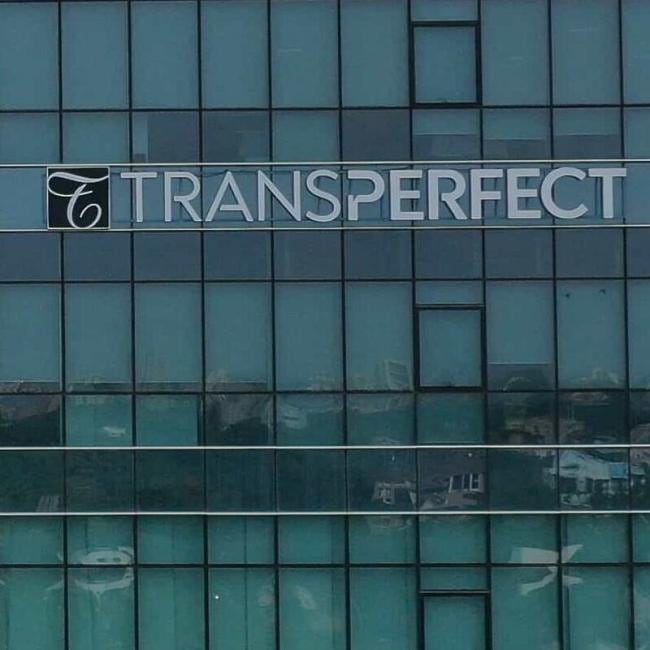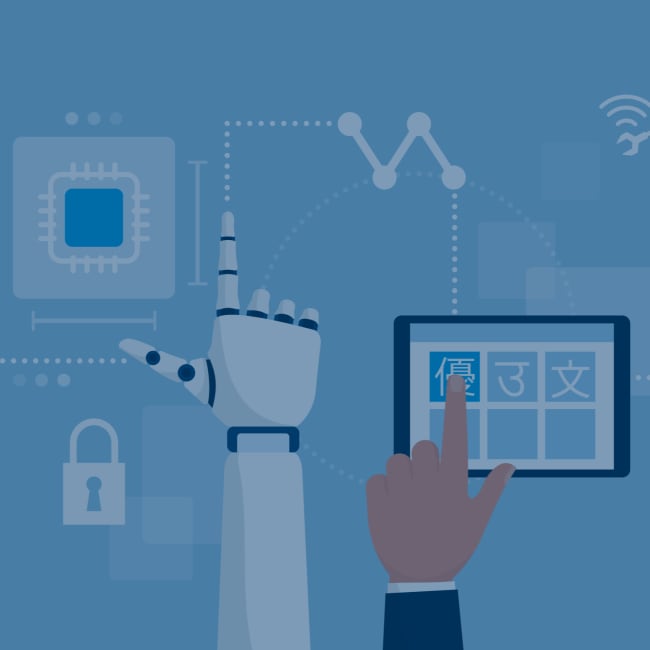The Evolution of the Deal (and the Translation!


If you’re concerned about protecting your personal data, you aren’t alone. Companies are increasingly cautious about data management. It seems as though everyone, from retailers to banks to hospitals, has made the front page for customer data breaches. According to IBM, the average cost of a data breach is about $3.86 million, but of course they can have a larger impact. For example, the estimated cost of Home Depot’s well-known data breach was just under $180 million. Industry experts all agree that when it comes to the frequency and intensity of breaches, things will get much worse before they get better. Furthermore, cyber security regulation will become even more widespread and forceful on both sides of the Atlantic. Companies will no longer be only responsible to their current customers and employees but also to prospective ones as they will be asked about data security standards in RFPs and the hiring process. Naturally, there are solutions out there to mitigate potential breaches and third-party cyber risk.
Despite the huge (and obvious) evolution of the deal room, many aspects of business today are still done with a prehistoric mindset. Take translations, for example—many of the largest and most well-known companies in the world employ internal translators, located in secure rooms, to translate content from one language to another. It’s the same principle as the old school data rooms—keep documents onsite, and don’t let anyone have access who isn’t supposed to. The problem? You guessed it—it’s costly and inefficient. To employ an internal translator, a firm might pay as much as $150/hour. So something that takes two business days to translate would cost as much as $2,400. When compared to the cost of working with a qualified language services provider, you are looking at a price premium of more than 10 times that. Not to mention, there is no good way to perform quality control on internal translators, unless of course you want to hire even more in-house resources.
Why hasn’t this process evolved? After all, why can’t an innovative firm take the same technology used to power VDRs and use it to produce translations? Thankfully, advances have been made in this space and we no longer have to solve a 21st century problem with 20th century tools. If your teams are still relying on stale methods and legacy workflows, it’s time to revisit things. Utilizing secure communication platforms such as VDR technology allows the translator to do its work remotely, without sacrificing the data security. Once the translator finishes his or her tasks, they lose access to the document. The translator can’t save or download the confidential content, and they can’t print it either. The result? High-quality, secure translations, produced quickly and efficiently. Banks will always have a need to translate customer data—bank statements, tax returns, etc.—and now they can translate content quickly and cost effectively, without having to worry about data breaches. It’s time that all companies warm up to this ideology. You wouldn’t ever use a physical data room in today’s day and age, so why wouldn’t you take that same approach to your translation workflow?
Want help modernizing your translation process? Contact us at financialservices@transperfect.com or learn more at http://www.transperfect.com/industries/financial.html.


